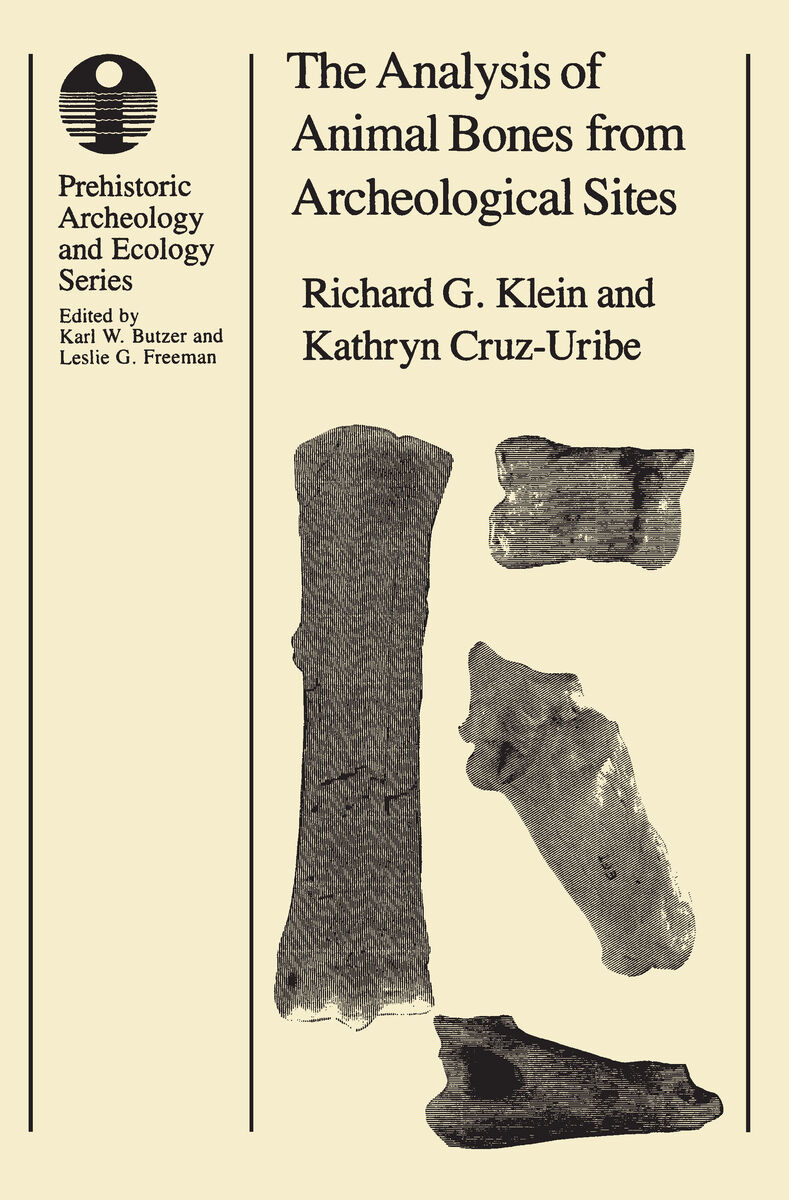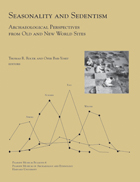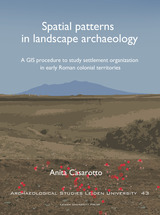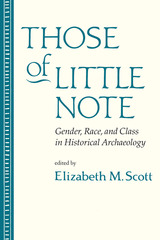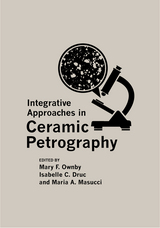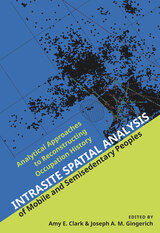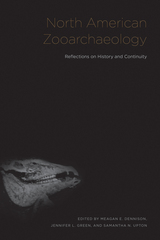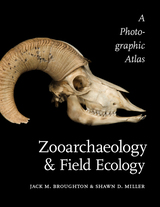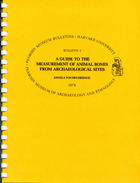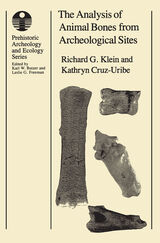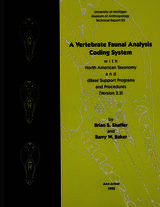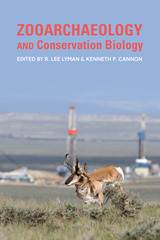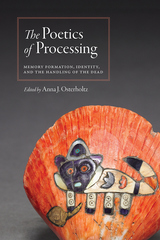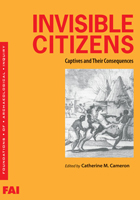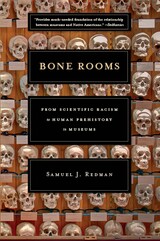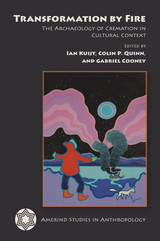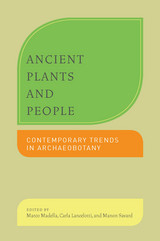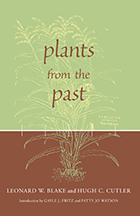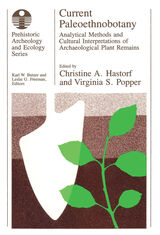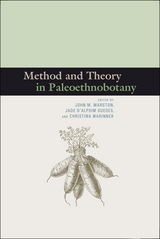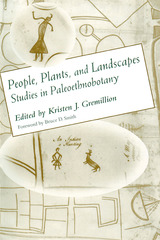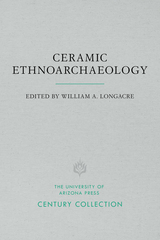The Analysis of Animal Bones from Archeological Sites
University of Chicago Press, 1984
Cloth: 978-0-226-43957-0 | Paper: 978-0-226-43958-7
Library of Congress Classification CC79.5.A5K58 1984
Dewey Decimal Classification 930.10285
Cloth: 978-0-226-43957-0 | Paper: 978-0-226-43958-7
Library of Congress Classification CC79.5.A5K58 1984
Dewey Decimal Classification 930.10285
ABOUT THIS BOOK | AUTHOR BIOGRAPHY | TOC | REQUEST ACCESSIBLE FILE
ABOUT THIS BOOK
In growing numbers, archeologists are specializing in the analysis of excavated animal bones as clues to the environment and behavior of ancient peoples. This pathbreaking work provides a detailed discussion of the outstanding issues and methods of bone studies that will interest zooarcheologists as well as paleontologists who focus on reconstructing ecologies from bones. Because large samples of bones from archeological sites require tedious and time-consuming analysis, the authors also offer a set of computer programs that will greatly simplify the bone specialist's job.
After setting forth the interpretive framework that governs their use of numbers in faunal analysis, Richard G. Klein and Kathryn Cruz-Uribe survey various measures of taxonomic abundance, review methods for estimating the sex and age composition of a fossil species sample, and then give examples to show how these measures and sex/age profiles can provide useful information about the past. In the second part of their book, the authors present the computer programs used to calculate and analyze each numerical measure or count discussed in the earlier chapters. These elegant and original programs, written in BASIC, can easily be used by anyone with a microcomputer or with access to large mainframe computers.
After setting forth the interpretive framework that governs their use of numbers in faunal analysis, Richard G. Klein and Kathryn Cruz-Uribe survey various measures of taxonomic abundance, review methods for estimating the sex and age composition of a fossil species sample, and then give examples to show how these measures and sex/age profiles can provide useful information about the past. In the second part of their book, the authors present the computer programs used to calculate and analyze each numerical measure or count discussed in the earlier chapters. These elegant and original programs, written in BASIC, can easily be used by anyone with a microcomputer or with access to large mainframe computers.
See other books on: Analysis | Animal Bones | Animal remains (Archaeology) | Data processing | Klein, Richard G.
See other titles from University of Chicago Press
